Before the Student movements, schools erased people of color (POC) culture and forced students to learn about the history of western history and white people. Cultural communities–such as African Americans, Latinos, etc–didn’t like this. These communities wanted to include their cultures and history in the school education system so they can learn more about their community, leading the fight to include ethnic studies as a class in school.
Their goals
Student movements for ethnic studies were working hard to get schools to hire more faculty of color, create curricula that reflected the experiences of marginalized communities, and increase enrollment of students from underrepresented backgrounds.
Taking action
In 1969 the impact of their efforts made San Francisco State University (SFSU) the first college to have a school of ethnic studies. It included Black, Chicano, Native American, and Asian studies. This later impacted other colleges and schools, as many have since added their own ethnic studies programs. This means that students’ voices had a huge impact: if they didn’t do anything we would not have ethnic studies like today.
What we can do!
Some things we can do to expand the work of these students is to continue to protest for equal education for all and demand more educational courses to be added to the school system. A way we can honor the legacy of these students is to continue to talk about them and their impact on the school education system today. Without these students, education wouldn’t be the same as today and many students wouldn’t have equal rights as other students.




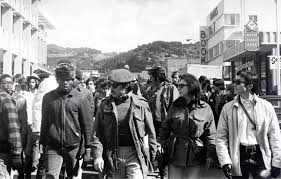
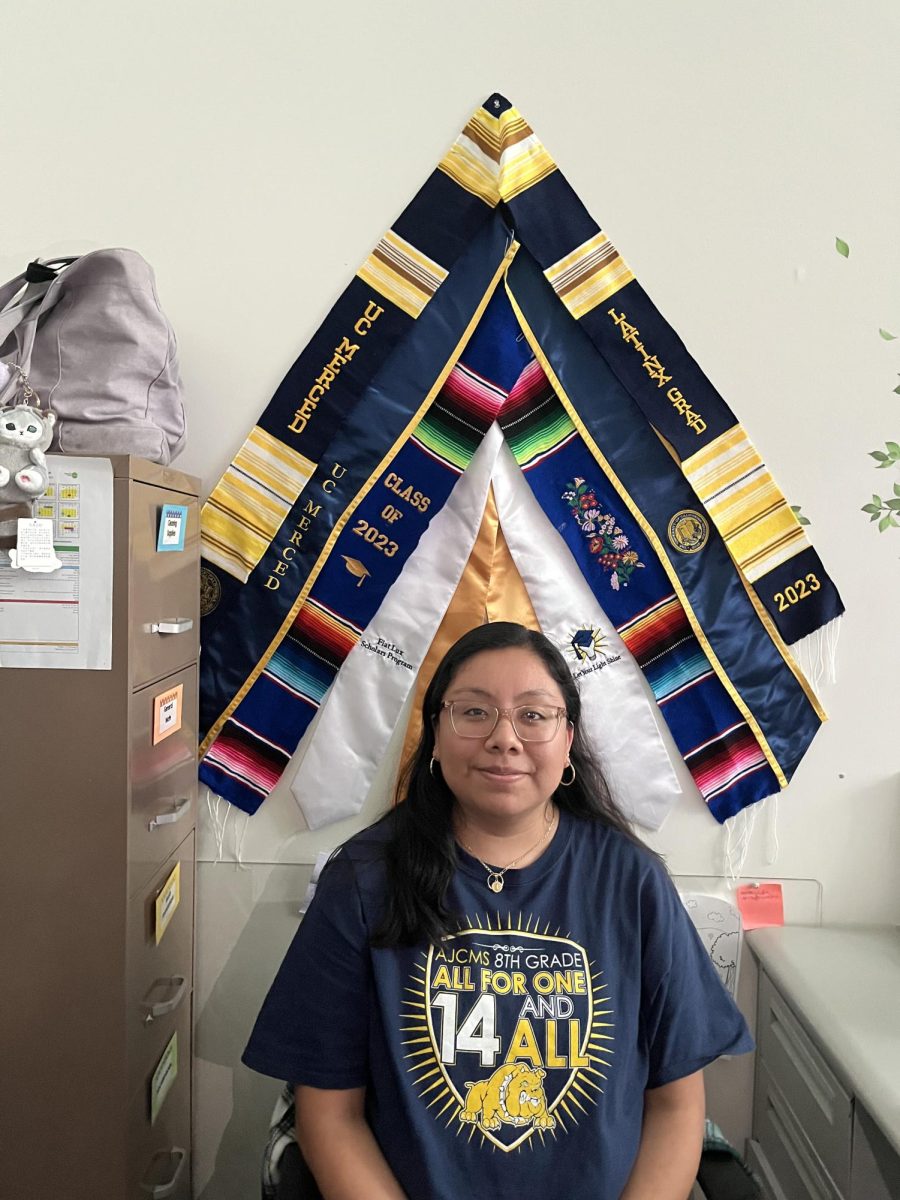


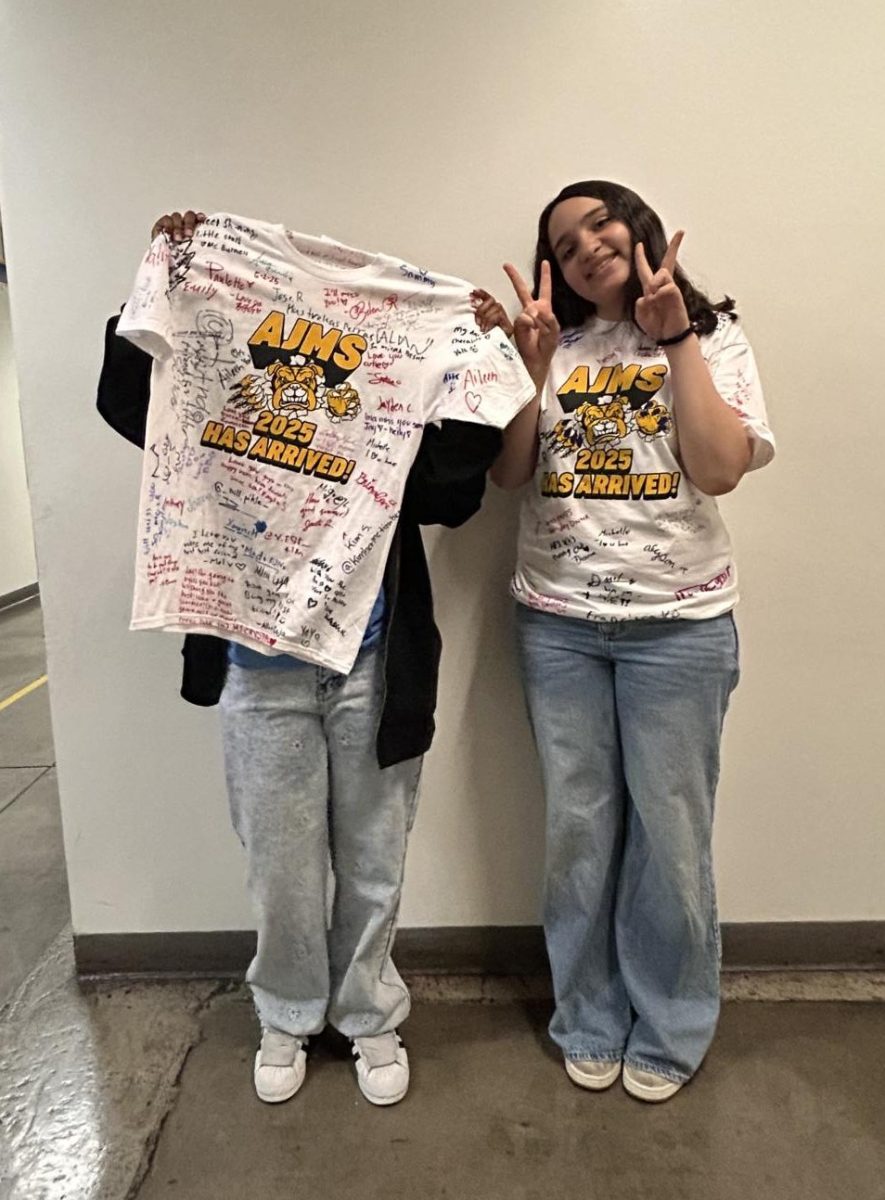



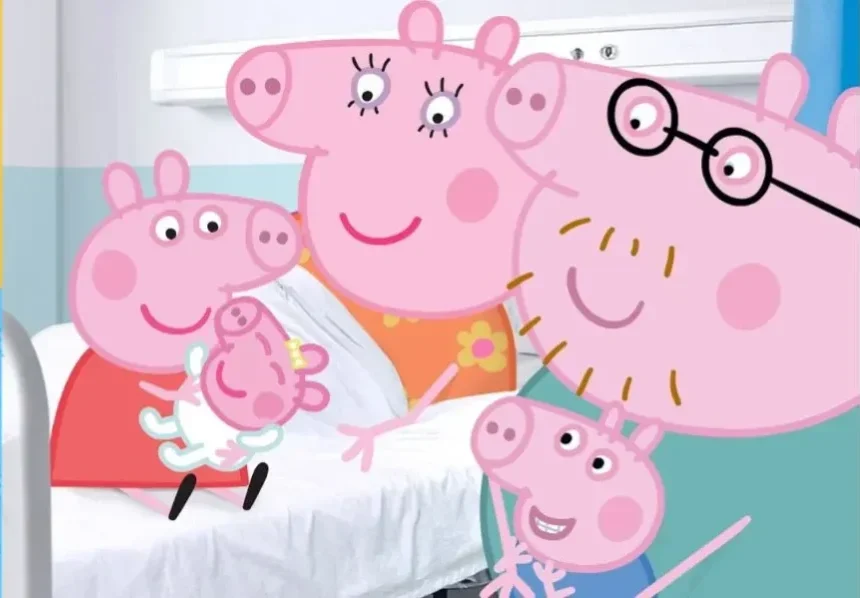


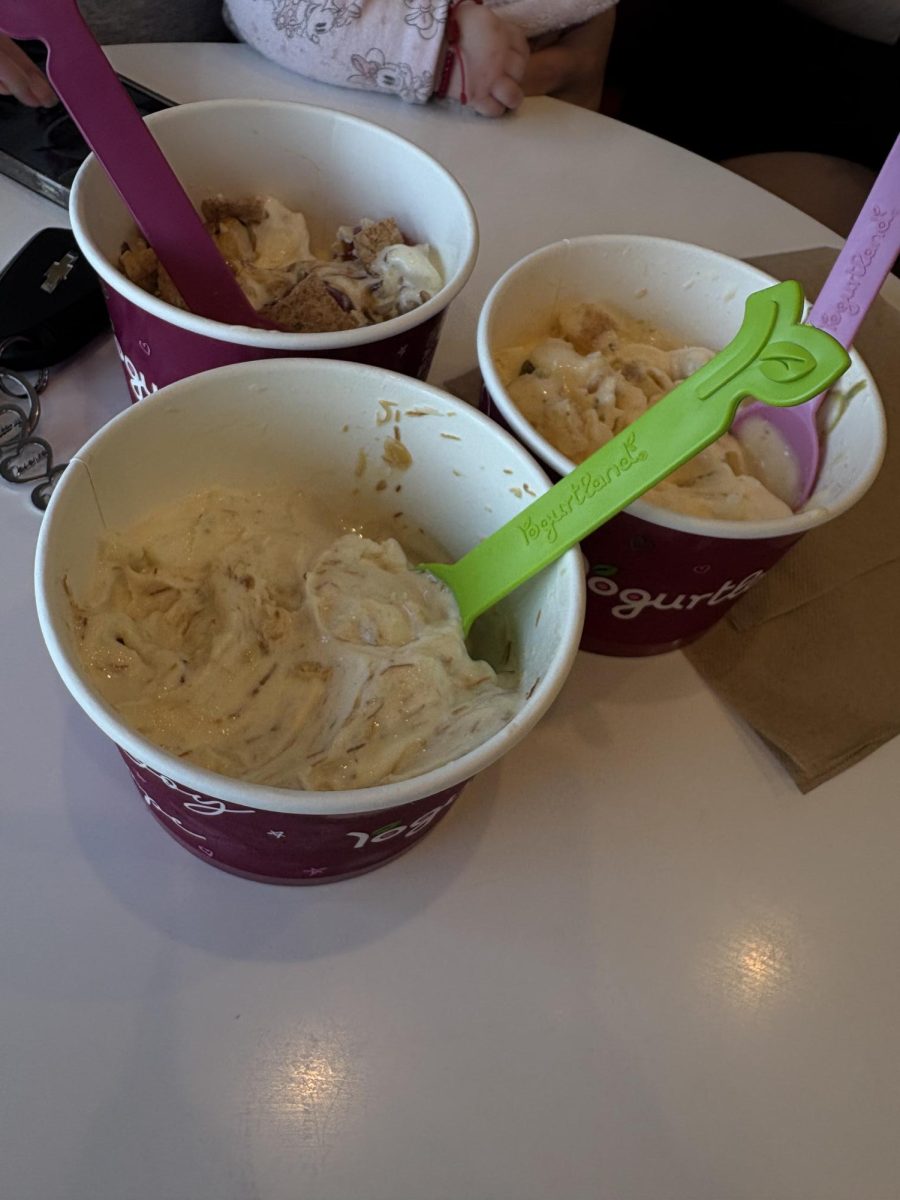
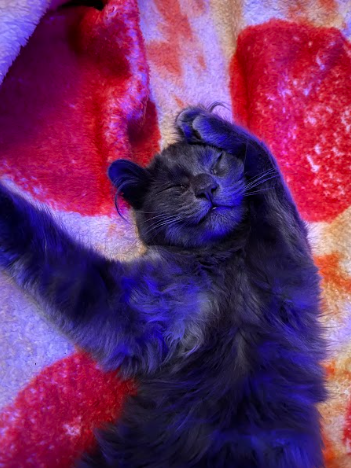



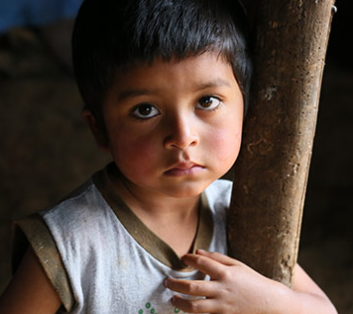


Ms. Ortiz • Jan 2, 2025 at 2:04 pm
Thank you for sharing!